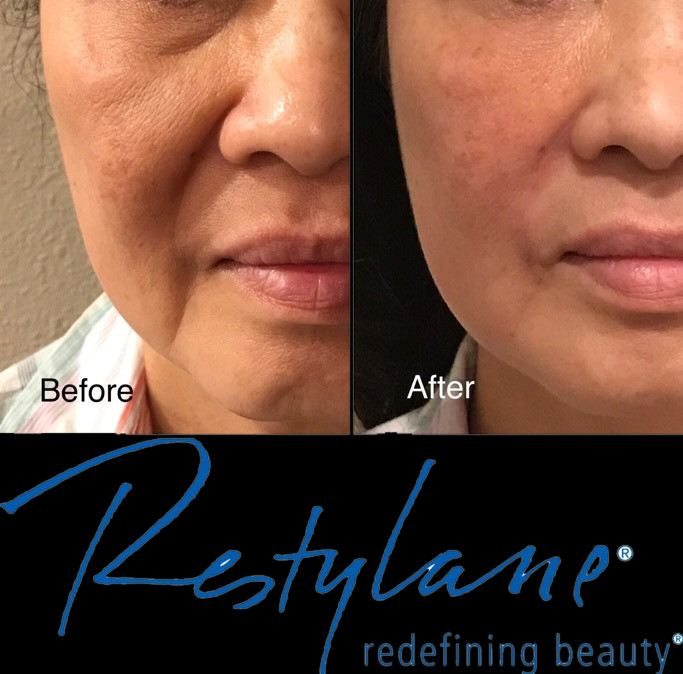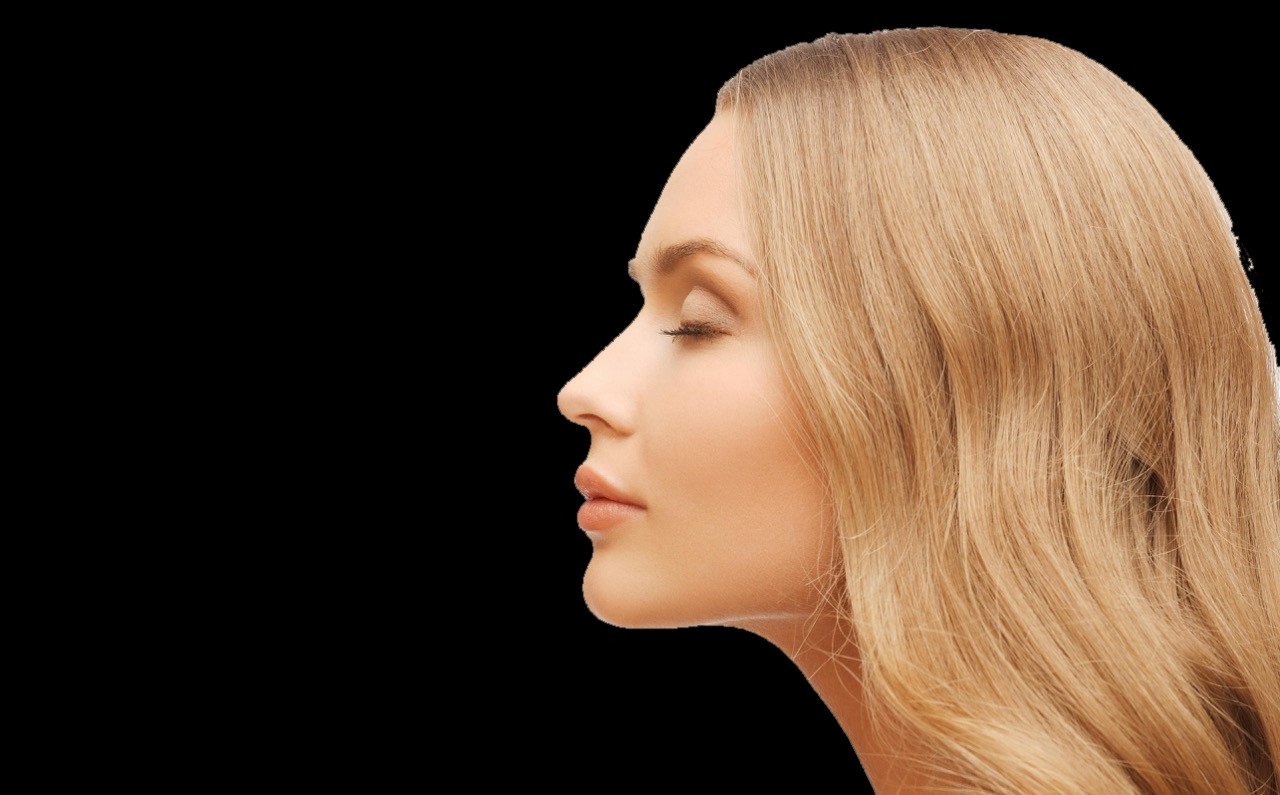December 2017
Better Skin is Always In
Dermal fillers are a classification of products that a physician can inject under the skin to help restore volume to an area of the face that has lost volume or has wrinkles. They can be used to give you plumper lips, soften wrinkles, or restore volume. Fillers can be divided into two types: temporary and semi-permanent.
Temporary fillers include such things as human fat, collagen, hyaluronic acid, calcium hydroxylapatite, and polylactic acid. Human fat, also known as autologous fat, is obtained from your own body via liposuction. This means that using this method to provide volume to your face is a more in-depth process since the fat has to be first suctioned from various other areas of your body before it can be re-injected. Of the fat that is injected to the face, for example, usually only about 60% to 70% of it survives. It is common practice to slightly overfill the areas of concern in order to accomplish the desired look. With that being said, the fat can and often will be injected over multiple treatment sessions to achieve the desired look. The harvested fat cells can be stored for later use for touch-ups and further volume enhancements. It is important to remember that since the fat is your own natural substance, it will respond to weight deviations and can re-absorb. Collagen is a natural substance made of proteins that can be found in cartilage, teeth and bones. It can be obtained from either human skin or cows. This can be used to soften deep wrinkles to the face and provide more volume to lips. Brand names include: CosmoDerm, Cosmoplast, Zyderm, Zyplast, Dermalogen and Fascian. Hyaluronic acid is also a natural substance found in your body. This is found in skin, soft connective tissue, in the fluid surrounding your eyes, and in some cartilage and joints. The results obtained by these injections can last up to 10 – 12 months depending on the area of the face and amount that is injected. Some common brand names are: Juvederm, Restylane, Perlane, Prevelle, Hylaform and Paragon. Calcium hydroxylapatite is one of the heaviest of facial fillers. It is one of the major compounds that makes up bone. This can be used to fill deep creases such as the nasolabial folds, marionette lines, and frown lines. It can also be used to provide volume to the cheeks of midface. These calcium-based microspheres are suspended in a water-based gel that are injected under the skin. Examples of such a product are Radiesse and Radiance.
PMMA (polymethylmethacrylate) fillers are considered semi-permanent as the clinical results last longer than the above mentioned temporary dermal fillers. The product is made up of two substances. Tiny PMMA microspheres are suspended in purified collagen gel that make up 20 percent and 80 percent of the product, respectively. This is used to treat medium to deep wrinkles of the face. It is not recommended to be used in the lips. Common name brands for this product are Articol, Artefill and Metacrill.
What is a Rhinoplasty Procedure?
A rhinoplasty procedure is surgery of the nose. It is often referred to as a “nose job” or “nose surgery”. Patients who seek to have a rhinoplasty are looking to change the visible appearance of their nose. Noses come in all different sizes and shapes, but that doesn’t mean that everyone is happy with the nose they were born with. Our noses just like the rest of our face and body can change as we get older. A rhinoplasty can change the appearance of your nose in many ways. Some people have a “hump” to the bridge of their nose that can be flattened. Other patients may feel their nose is too wide and want it narrowed. Many people do not like the way the tip of their nose looks. They may feel the tip is too big, too round, or too pointy. The tip of the nose may point downward or point too much towards the ceiling.
There are two approaches to performing a rhinoplasty surgery. One is a “closed” technique and the other is an “open” technique. The major difference is the incisions that are made by the surgeon to gain access to the bone and cartilage that makes up the structure of the nose. With a “closed” technique any cuts to the skin are made on the inside of the nose. With the “open” technique incisions are made on the inside of the nose as well as a small incision at the base of the nose on the visible skin area. To change the appearance of a nose, the cartilage at the tip of the nose has to be trimmed or reshaped. Sometimes the bones of the nose need to be repositioned and this requires breaking those bones in a controlled manner and then resetting them to the desired position.
Recovery time from a rhinoplasty averages about 2 – 3 weeks depending on the amount of swelling and bruising the patient may experience. In the immediate few weeks after a rhinoplasty, it is always important to be careful not to injury your nose or get hit in the nose by mistake. You will often be placed on weight lifting restrictions so you don’t strain to pick something up and possibly create bleeding or more swelling.



